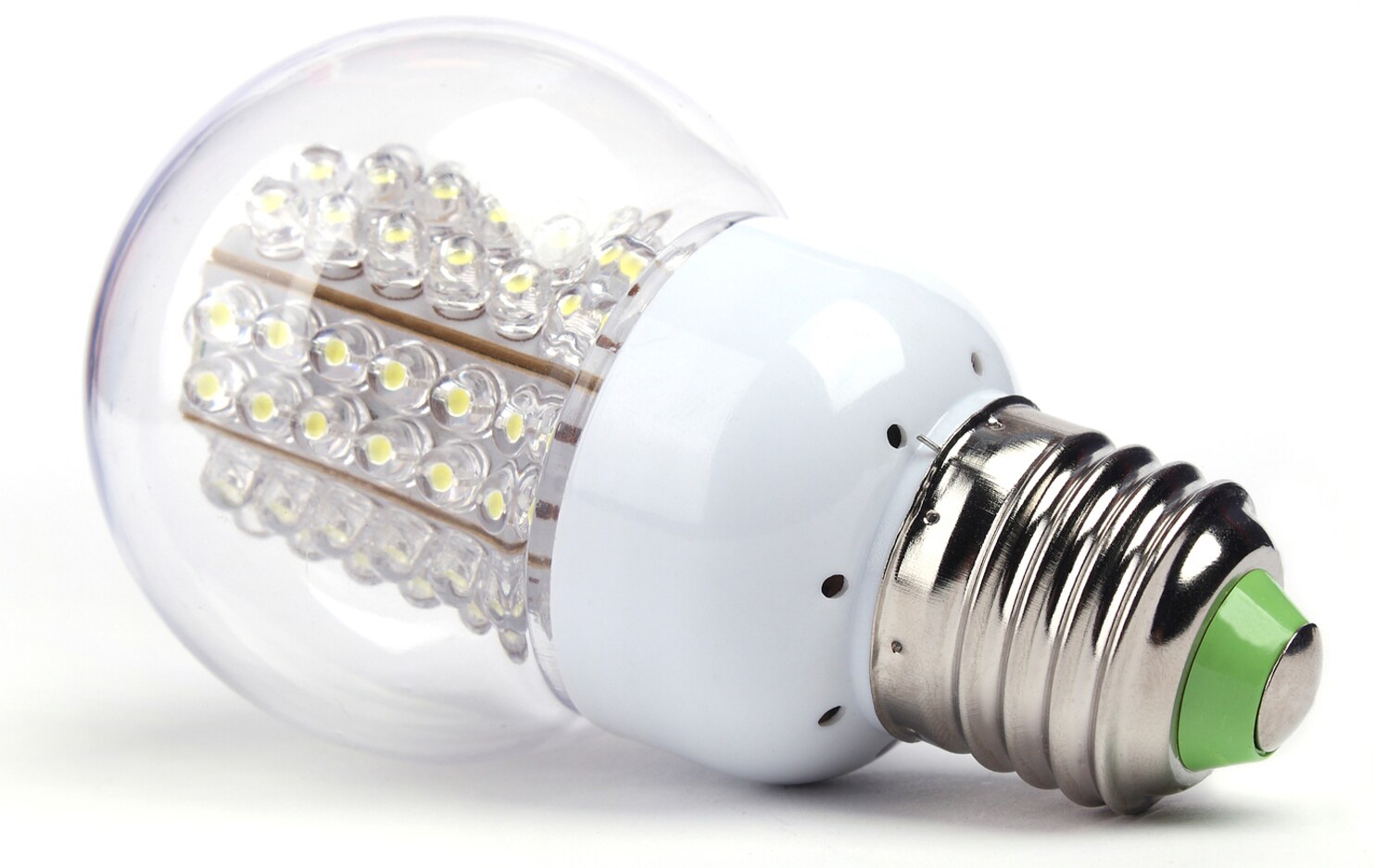

Articles
What Are Light Bulbs Made Of?
Modified: January 19, 2024
Learn about the components of a light bulb and the materials used in its construction. Find insightful articles on light bulb manufacturing and design.
(Many of the links in this article redirect to a specific reviewed product. Your purchase of these products through affiliate links helps to generate commission for Storables.com, at no extra cost. Learn more)
Introduction
Light bulbs play a fundamental role in illuminating our homes, offices, and public spaces. We often take them for granted, hardly thinking about the intricate components that make them work. However, understanding what a light bulb is made of can deepen our appreciation for this remarkable invention.
In this article, we will explore the different components that come together to create a functioning light bulb. From the glass envelope to the filament, the base to the support structure, and the gas or vacuum within, each element contributes to the unique characteristics and functionality of light bulbs.
By gaining insights into the composition of light bulbs, we can better understand how they work and make informed decisions when selecting the right bulb for our lighting needs.
Key Takeaways:
- Light bulbs are composed of a glass envelope, filament, base, support structure, and gas or vacuum. Understanding these components helps in selecting the right bulb for specific lighting needs.
- The gas or vacuum inside a light bulb plays a crucial role in regulating temperature and protecting the filament. Advancements in lighting technology have brought about alternative options like LED and CFL bulbs, offering greater energy efficiency and longer lifespans.
Read more: What Is A Light Bulb Filament Made Of
The Components of a Light Bulb
A light bulb is a complex device consisting of several key components that work together to produce light. Let’s take a closer look at each of these components:
Glass Envelope
The glass envelope, also known as the bulb, is the outer shell of a light bulb. It provides protection to the internal components and helps to maintain the integrity of the bulb. The glass used in light bulb envelopes is specially designed to withstand high temperatures without shattering.
Filament
The filament is the heart of an incandescent light bulb. It is a thin, coiled wire made of tungsten that emits light when heated. The filament is located within the bulb and is connected to the base of the bulb by support wires. When an electric current passes through the filament, it heats up, emitting visible light.
Base
The base of a light bulb is the part that connects the bulb to the lamp socket. It provides electrical contact between the bulb and the socket, allowing the flow of electricity. There are various types of bases, including screw bases (such as E26 and E27), bayonet bases, and pin bases, each with its own specific design and compatibility.
Read more: What Is A Light Bulb
Support Structure
The support structure inside a light bulb consists of wires or lead-in rods that hold the filament in place. These supports are typically made of a highly temperature-resistant material, such as molybdenum or tungsten. They ensure that the filament remains securely in position while allowing electrical current to flow through.
Gas and Vacuum
Depending on the type of light bulb, it may contain either a gas or a vacuum. Incandescent bulbs have a small amount of an inert gas, such as argon or krypton, that helps to prolong the life of the filament by reducing evaporation. On the other hand, fluorescent bulbs and LED bulbs often contain a mixture of gases that contribute to their unique lighting properties.
In some cases, light bulbs may also have a vacuum inside, especially older incandescent bulbs. The vacuum helps to prevent oxidization of the filament, allowing it to last longer.
Understanding the different components of a light bulb can help us make informed choices when selecting the right bulb for the desired lighting effect, energy efficiency, and durability. Whether you’re looking for a warm incandescent glow or energy-saving LED technology, each component serves a vital role in creating the perfect illumination.
The Glass Envelope
The glass envelope, also commonly referred to as the bulb, is one of the essential components of a light bulb. Its primary purpose is to house and protect the internal components while allowing light to pass through.
The glass used in light bulb envelopes is made from a special type of glass that can withstand high temperatures without shattering. This heat-resistant glass is essential because light bulbs emit a significant amount of heat during operation. Without a durable envelope, the bulb would be prone to breakage and pose a safety hazard.
The shape of the glass envelope can vary depending on the type of light bulb. The most common shape is the classic A19 bulb, which has a rounded shape resembling a pear or an egg. Other shapes include cylindrical tubes for fluorescent bulbs or the unique spiraling shape of a CFL (Compact Fluorescent Lamp).
In addition to protecting the internal components, the glass envelope also helps to shape and distribute the light emitted by the bulb. The color and transparency of the glass can affect the quality and color temperature of the light produced. Clear glass allows for maximum light transmission, while frosted or colored glass can diffuse the light for a softer or more decorative effect.
Furthermore, the glass envelope provides a barrier to external elements, such as dust, moisture, and contaminants, that could interfere with the functionality of the internal components. This protection ensures the longevity and performance of the light bulb.
It’s worth noting that advancements in lighting technology have led to the development of alternative materials for the envelope, such as plastic or silicone. These materials offer advantages in terms of durability, flexibility, and heat dissipation. However, glass remains the most common choice due to its optical properties and ability to withstand high temperatures.
The transparency, shape, and quality of the glass envelope play a significant role in the overall aesthetics and functionality of a light bulb. Whether you prefer a clear, frosted, or colored envelope, choosing the right glass can enhance the lighting experience and complement the ambiance of any space.
The Filament
The filament is a crucial component found in incandescent light bulbs, responsible for the production of light. It is a thin, coiled wire made of a material called tungsten, known for its high melting point and durability.
When an electric current passes through the filament, it heats up due to its resistance. The high temperature causes the tungsten filament to emit visible light, illuminating the surroundings. This process is known as incandescence.
Tungsten is used for the filament due to its unique properties. It has an incredibly high melting point of around 3,410 degrees Celsius (6,170 degrees Fahrenheit), making it resistant to melting or vaporizing under normal operating temperatures. It also has excellent tensile strength, allowing the filament to withstand the stress of being heated and cooled repeatedly.
The filament is typically coiled to provide a larger surface area, maximizing the amount of light emitted. The exact shape of the filament can vary, with common variations being a single coil or a double coil known as a coiled-coil design.
One of the challenges with incandescent bulbs is the energy efficiency. Incandescent bulbs convert only a small percentage of electricity into visible light, with the rest being emitted as heat. This is due to the nature of the incandescent process, where the filament reaches very high temperatures.
In recent years, there has been a shift towards more energy-efficient lighting technologies, such as LED (Light Emitting Diode) and CFL (Compact Fluorescent Lamp). These technologies have higher energy efficiency and longer lifespans compared to incandescent bulbs.
LEDs, in particular, have gained popularity due to their ability to produce light without the need for a filament. Instead, an electric current is passed through a semiconductor material, which emits light energy. This allows for greater efficiency and versatility in terms of color options and control.
Although incandescent bulbs are less energy-efficient compared to newer technologies, they still have widespread use in certain applications where their warm color temperature and affordability are preferred. However, as energy conservation becomes increasingly important, the transition towards more efficient lighting options continues to accelerate.
The filament is a crucial component in incandescent bulbs, enabling the production of visible light through the process of incandescence. While incandescent technology may be gradually replaced by more energy-efficient alternatives, understanding the filament’s role helps us appreciate the history and evolution of lighting technology.
Read more: What Is A Flood Light Bulb?
The Base
The base of a light bulb is a critical component that provides the means for connecting the bulb to a lamp socket. It facilitates the flow of electricity from the power source to the internal components of the bulb.
The design of the base varies depending on the type of bulb and the corresponding socket it is intended to fit into. Different bases ensure compatibility and allow for easy installation and removal of the bulb when necessary.
Screw bases are among the most common types of bases used in light bulbs. The Edison base, also known as the E26 and E27 base, is a widely used screw-type base in many countries. It features a threaded metal screw that fits into the socket and can be twisted to secure the bulb in place.
Another commonly used base is the bayonet base. This type of base has two pins that fit into corresponding slots in the socket. The bulb is twisted to lock it securely into position. Bayonet bases are popular in countries like the United Kingdom and parts of Europe.
Pin bases are typically found in specialty and industrial applications. They consist of two or more pins that insert into a matching socket. This design ensures precise alignment and secure contact for reliable electrical connection.
The base also serves as a conductor, allowing electrical current to flow from the socket into the bulb’s internal wiring. It is essential for the base to have good conductivity and contact with the socket to ensure proper functioning of the bulb.
The material used for the base is typically a conductive metal, such as brass or aluminum, which has good electrical conductivity properties. The choice of material also takes into account factors like heat dissipation and mechanical strength.
When selecting a light bulb, it is important to ensure that the base matches the type of socket used in the lighting fixture. Using an incompatible base can lead to electrical hazards or prevent the bulb from fitting properly.
The base of a light bulb may seem like a simple component, but its design and compatibility play a vital role in the overall functionality and safety of the bulb. It ensures a secure electrical connection and allows for easy installation and removal, making it an essential part of any light bulb.
The Support Structure
The support structure inside a light bulb is an integral component that ensures the stability and proper positioning of the filament. It consists of wires or lead-in rods that hold the filament in place and allow for the flow of electrical current.
The support structure is typically made from a highly temperature-resistant material, such as molybdenum or tungsten. These materials can withstand the high temperatures generated by the filament without melting or distorting.
The support structure is designed to keep the filament at the center of the bulb and prevent it from touching the walls of the glass envelope. This is crucial because if the filament comes into contact with the glass, it can cause the bulb to crack or shatter.
In incandescent bulbs, the support structure is often in the form of support wires that are welded to the filament at both ends. These wires serve as anchors, holding the filament taut and maintaining its position even when subjected to the heat and vibration caused by the electric current.
For more complex bulb designs, such as halogen or xenon bulbs, the support structure may include additional components. These can include a quartz or fused silica envelope to withstand higher temperatures, as well as a pinch seal to secure the envelope to the base.
The support structure not only ensures the stability of the filament but also plays a role in maintaining the overall integrity of the bulb. It allows the electrical current to flow through the filament, completing the circuit and enabling the production of light.
As technology advances, newer lighting options such as LED (Light Emitting Diode) and CFL (Compact Fluorescent Lamp) have different support structures. LED bulbs do not require a filament, as light is emitted from semiconductors. CFLs contain a small tube filled with gas, which emits ultraviolet light when an electric current is passed through it. These alternative designs eliminate the need for traditional support structures.
Overall, the support structure serves a crucial function in maintaining the stability and positioning of the filament within a light bulb. Without this component, the filament would be prone to movement, leading to reduced efficiency, uneven illumination, and potential damage to the bulb.
The Gas and Vacuum
The presence of either a gas or a vacuum inside a light bulb is a critical factor that influences its functionality and performance. The type of bulb determines whether it contains a specific gas mixture or is devoid of any gas, resulting in a vacuum.
Incandescent bulbs typically contain a small amount of an inert gas, such as argon or krypton, surrounding the filament. This gas helps to prolong the life of the filament by reducing evaporation and slowing down the oxidation process. It also assists in dissipating heat from the filament, contributing to the bulb’s overall temperature regulation.
In these gas-filled incandescent bulbs, the inert gas serves as a heat sink that prevents the filament from reaching extremely high temperatures. This helps to maintain a more stable operating environment within the bulb and ensures a longer lifespan for the filament.
On the other hand, certain types of light bulbs, particularly older incandescent models, may employ a vacuum instead of a gas-filled environment. The vacuum inside the bulb serves multiple purposes:
- Prevents Oxidation: The absence of oxygen in a vacuum environment prevents the filament from oxidizing and degrading. This allows the filament to last longer and operate more efficiently.
- Reduces Heat Loss: Without gases present, the vacuum minimizes heat loss through conduction or convection. This helps to maintain a higher temperature within the bulb, enhancing the efficiency of the incandescent process.
However, it’s important to note that vacuum-sealed incandescent bulbs are less common in modern lighting due to their lower energy efficiency compared to other lighting technologies, such as LED or CFL bulbs.
Fluorescent bulbs and LED bulbs operate on different principles and may contain a specific gas mixture. For example, fluorescent bulbs contain mercury vapor mixed with other gases, which, when energized by an electric current, emits ultraviolet light. This light then interacts with the phosphor coating on the inside of the bulb, producing visible light.
LED bulbs, on the other hand, do not typically use a gas-filled or vacuum environment. Instead, they consist of semiconductors that directly emit light when an electric current is passed through them. This eliminates the need for gases or a vacuum and allows for more efficient and longer-lasting illumination.
Understanding the role of gas and vacuum in light bulbs provides insight into their operation and highlights the differences between various lighting technologies. Whether it’s the inert gas in incandescent bulbs or the gas mixtures in fluorescent bulbs, each contributes to the unique characteristics and performance of different types of light bulbs.
A light bulb is typically made of a glass bulb, a filament (usually made of tungsten), and a metal base. The inside of the bulb is filled with an inert gas, such as argon or nitrogen, to prevent the filament from oxidizing.
Conclusion
Light bulbs are remarkable inventions that have become an essential part of our daily lives, illuminating our homes, workplaces, and public spaces. Understanding the components that make up a light bulb not only deepens our appreciation for their functionality but also helps us make informed decisions when selecting the right bulb for our lighting needs.
The glass envelope serves as the protective outer shell, providing durability and allowing light to pass through. The filament, typically made of tungsten, is at the heart of incandescent bulbs, producing light through the process of incandescence. The base connects the bulb to the socket, facilitating the flow of electricity. The support structure ensures the stability and proper positioning of the filament, while the gas or vacuum inside the bulb plays a role in regulating temperature and protecting the filament.
Advancements in lighting technology have brought about alternative options like LED and CFL bulbs, which offer greater energy efficiency, longer lifespans, and different components. LED bulbs, for example, use semiconductors to directly emit light, eliminating the need for a filament or gas-filled environment.
When selecting a light bulb, it is essential to consider factors such as desired lighting effect, energy efficiency, and compatibility with the socket. By understanding the composition and functioning of light bulbs, we can make better choices that meet our specific lighting requirements while being mindful of energy conservation.
As the lighting industry continues to evolve, we can expect further innovations in energy-efficient technologies and sustainable lighting solutions. The components of light bulbs will continue to play a crucial role in improving their performance, lifespan, and environmental impact.
Next time you switch on a light bulb, take a moment to appreciate the intricate components that come together to create illumination. From the glass envelope to the filament, the base to the support structure, and the gas or vacuum inside, each element contributes to the wonder of lighting that brightens our world.
Frequently Asked Questions about What Are Light Bulbs Made Of?
Was this page helpful?
At Storables.com, we guarantee accurate and reliable information. Our content, validated by Expert Board Contributors, is crafted following stringent Editorial Policies. We're committed to providing you with well-researched, expert-backed insights for all your informational needs.
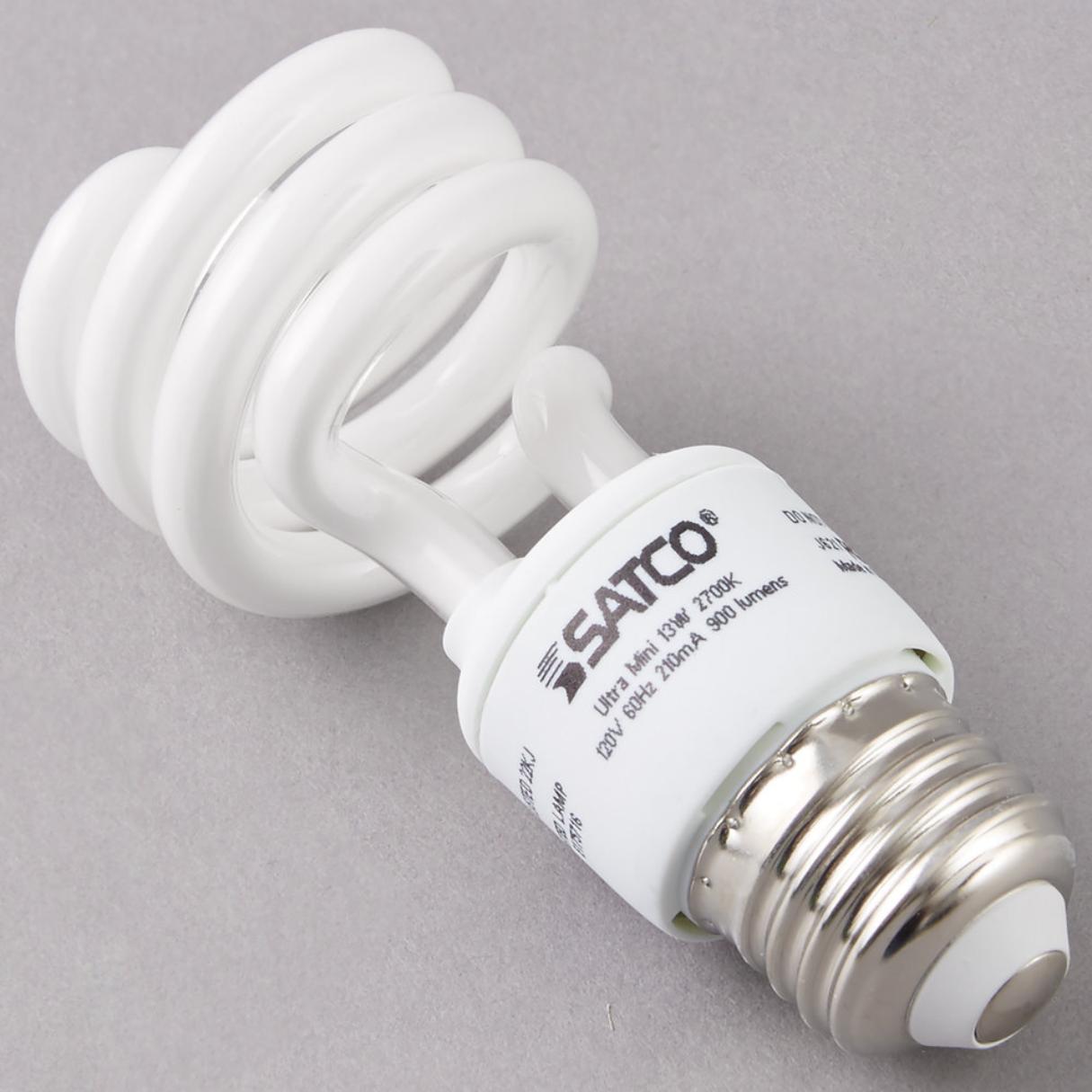
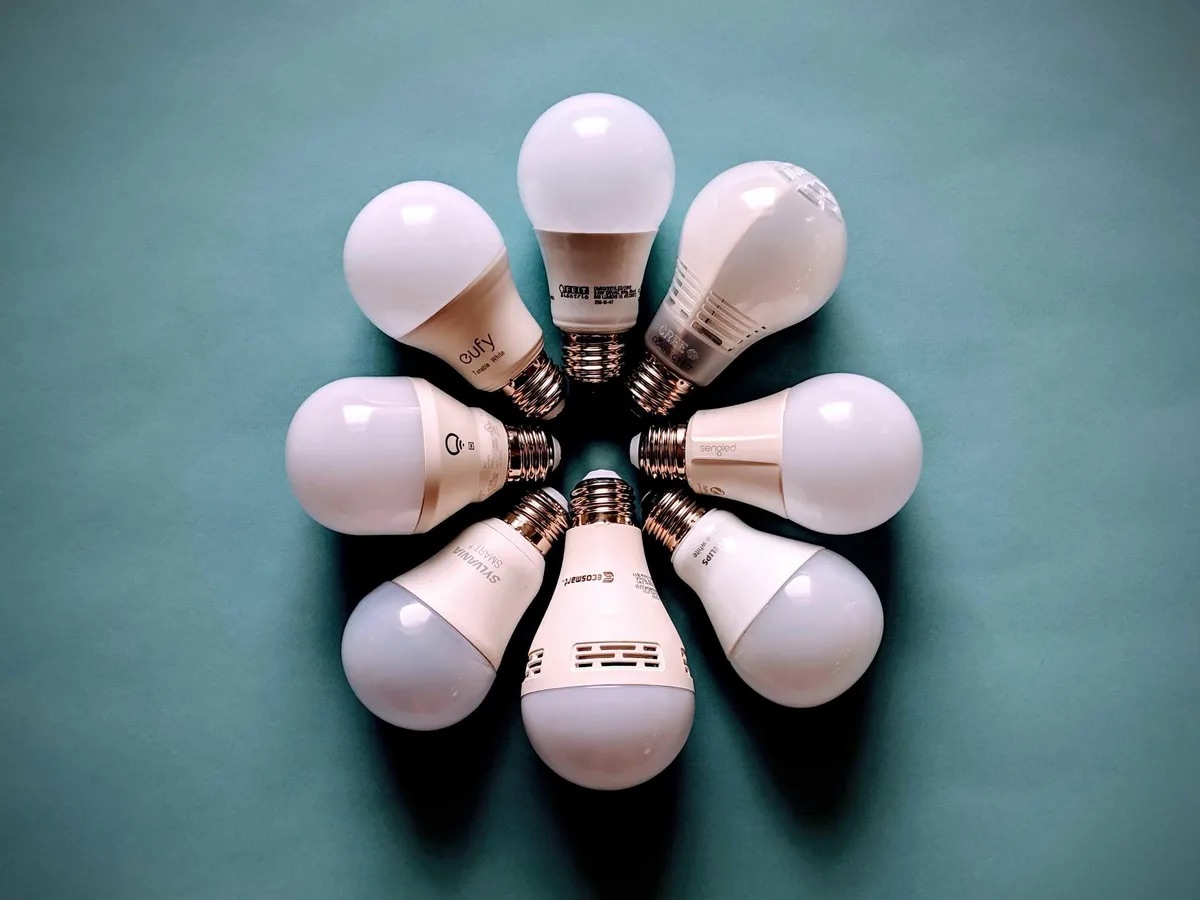
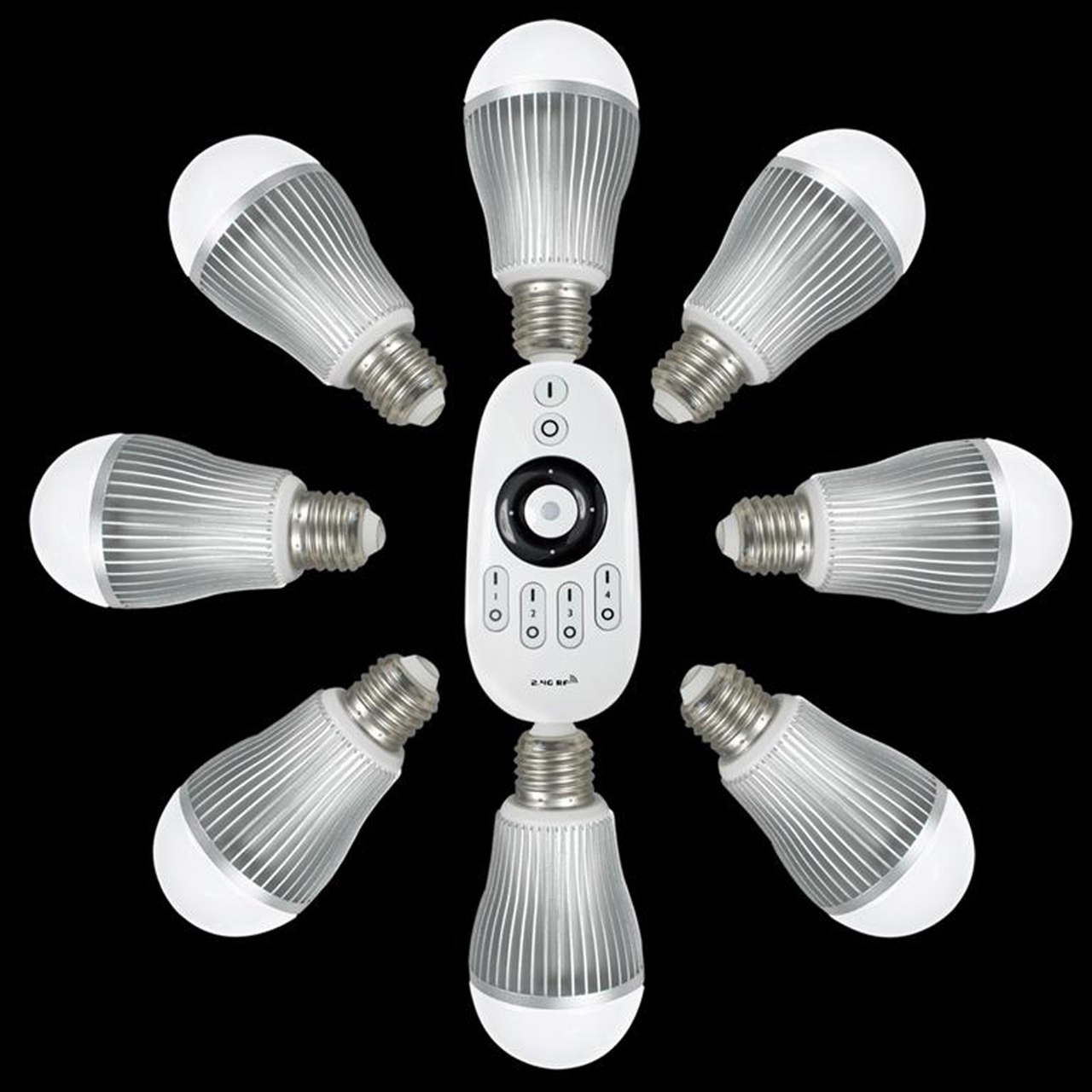

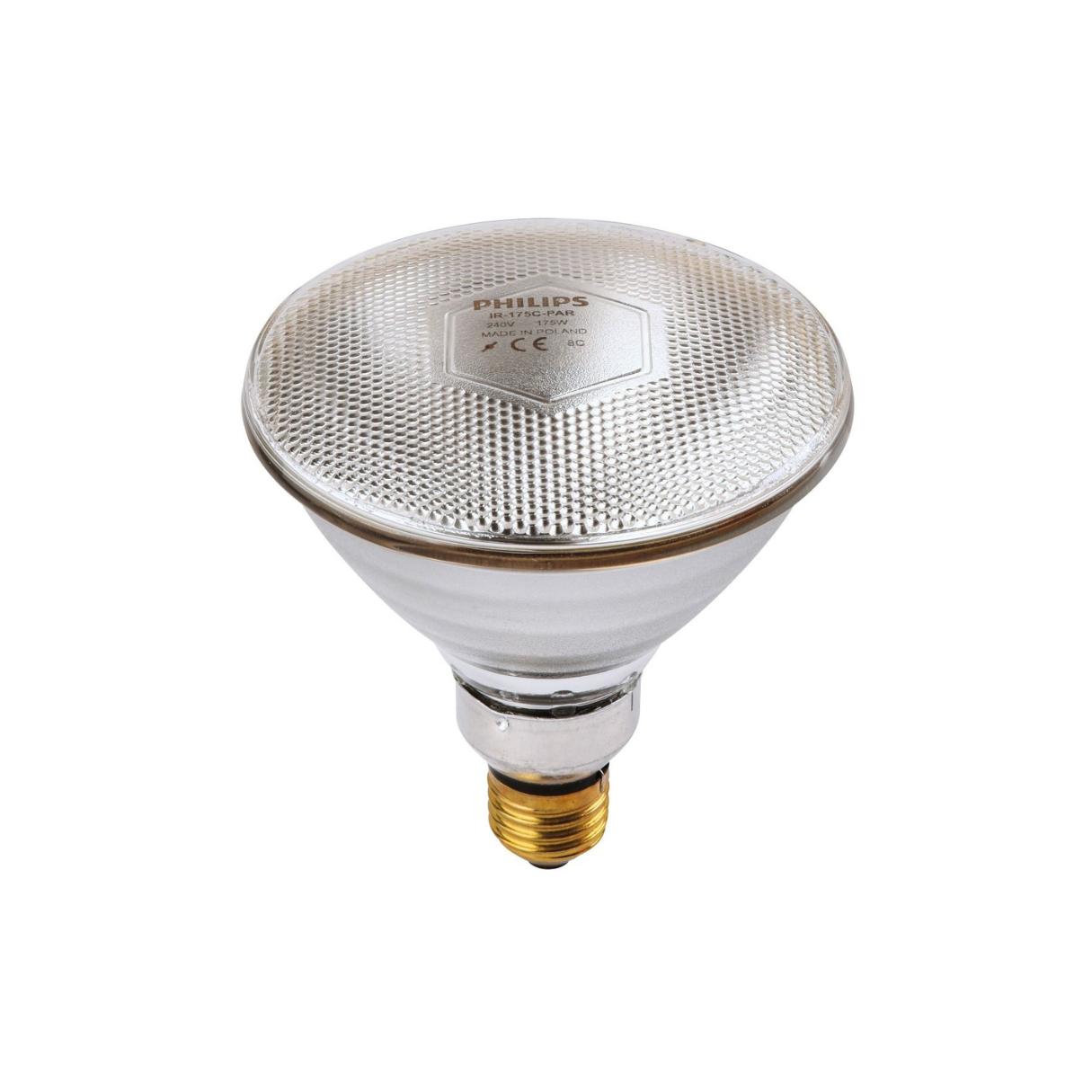
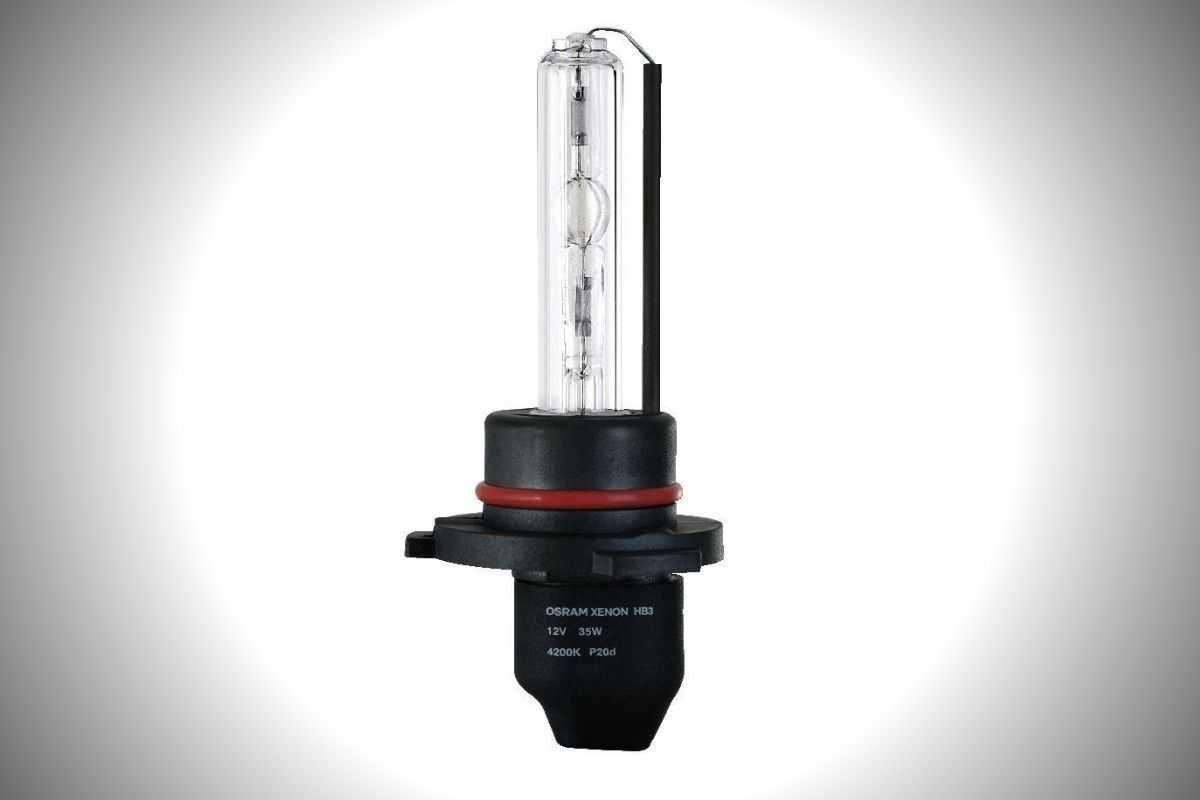
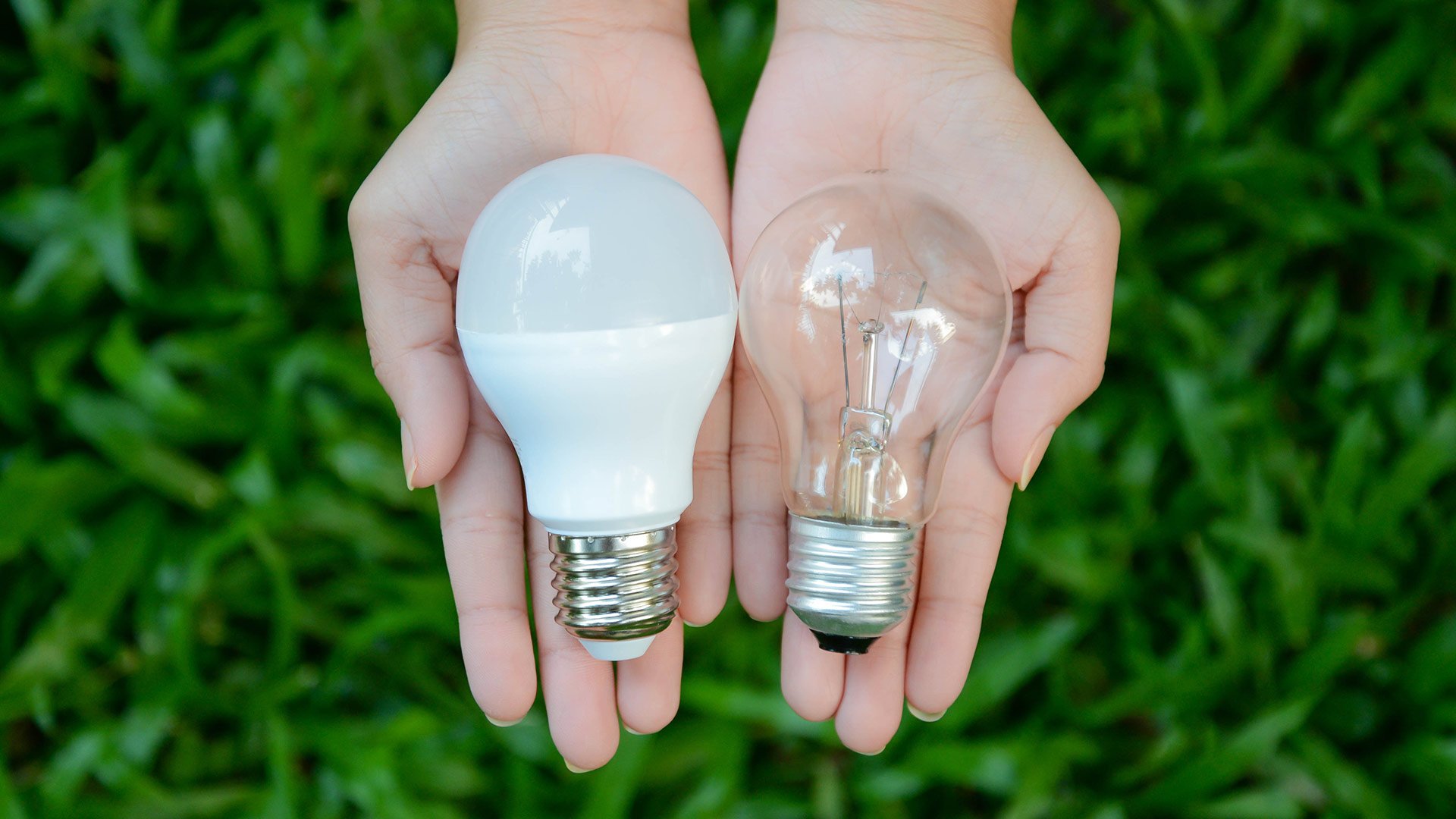

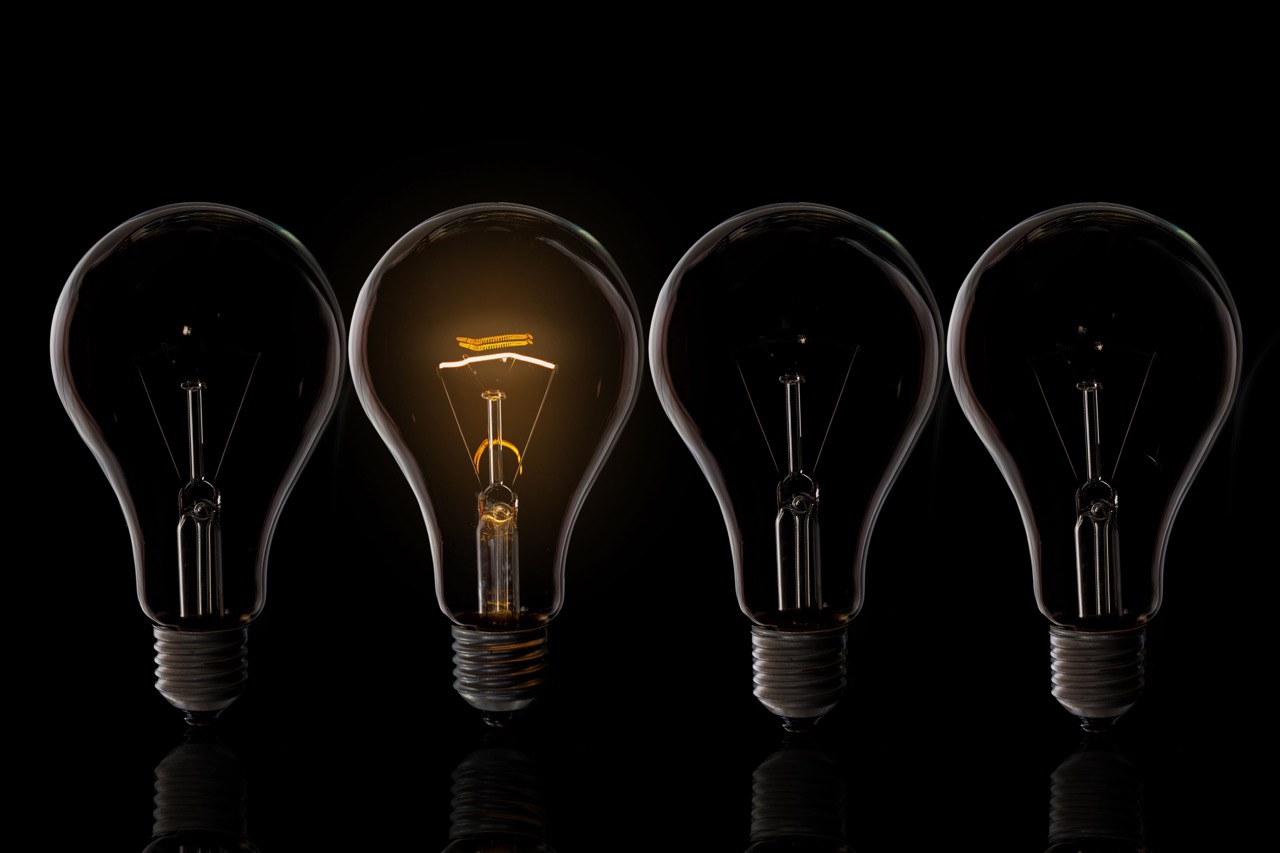
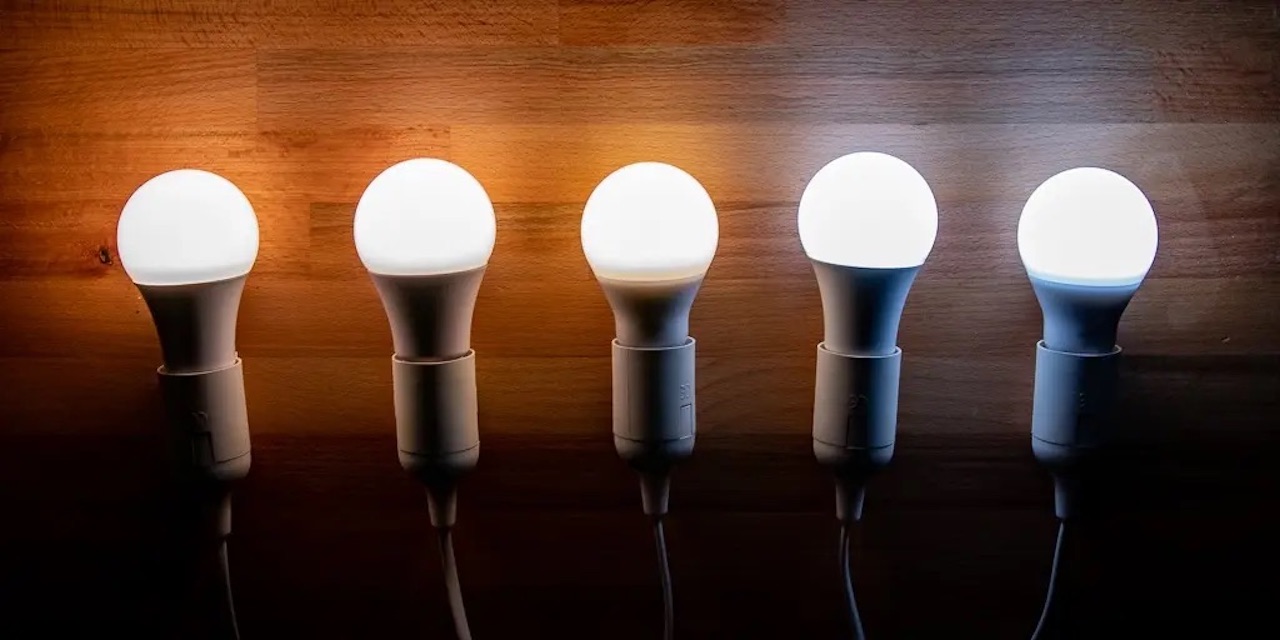
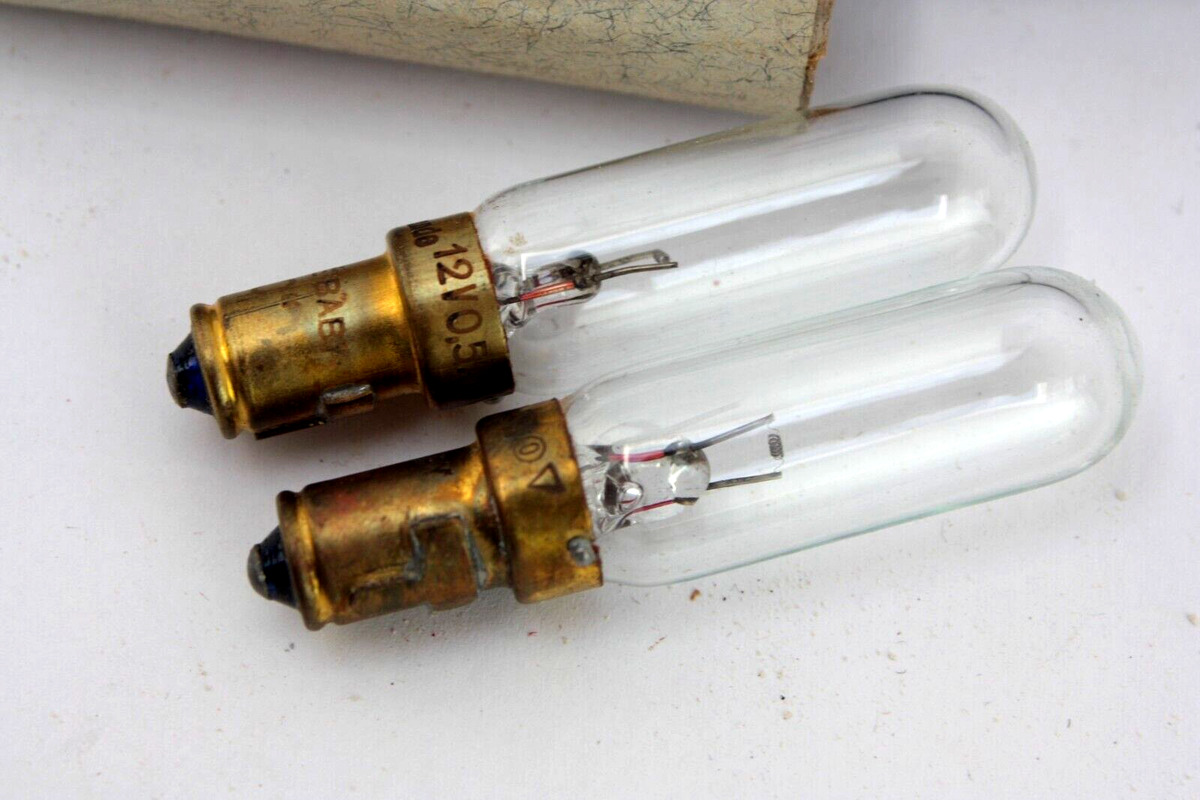
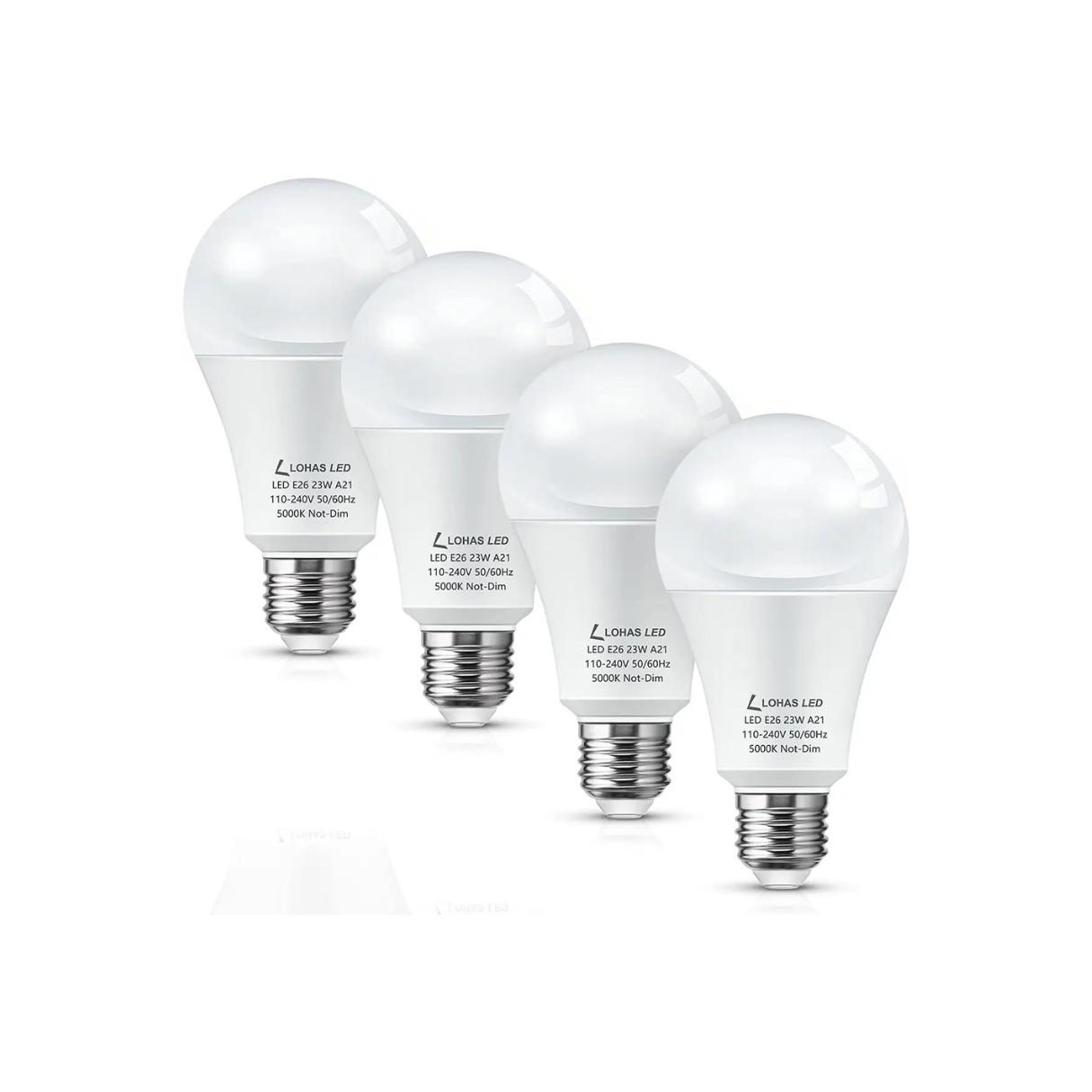
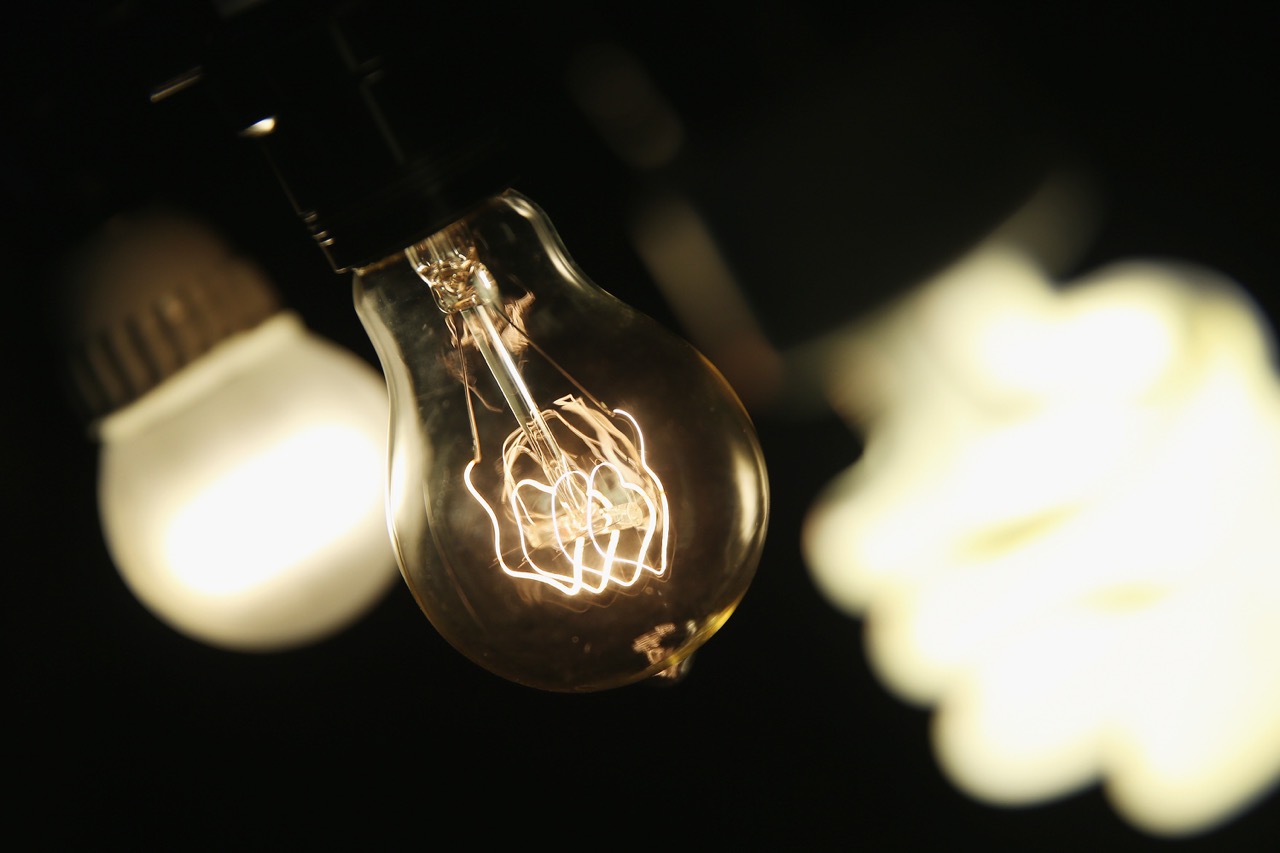

0 thoughts on “What Are Light Bulbs Made Of?”